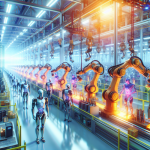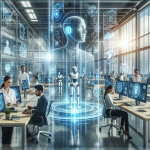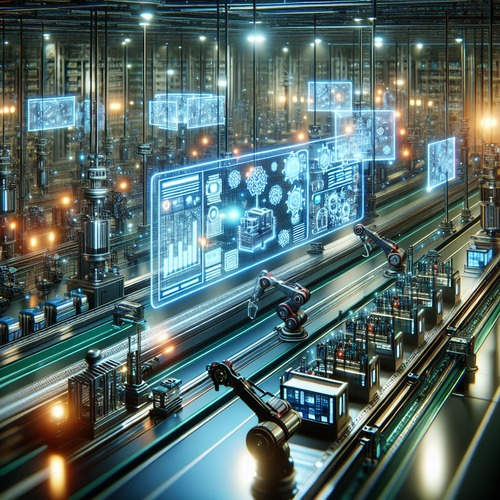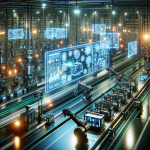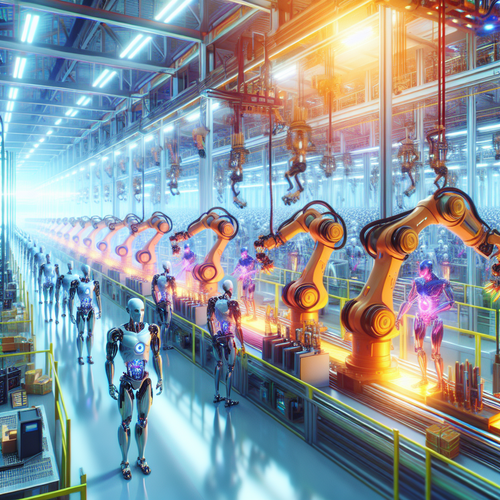
Humanoid Robots: The Future of Mass Production
Humanoid Robots: The Future of Mass Production
The field of robotics is undergoing a transformative shift as companies pivot towards the mass production of humanoid robots. This tutorial explores this trend, detailing its implications, technological advancements, and potential future applications.
Prerequisites
Before delving into the details, it’s essential to understand some foundational concepts:
- Basic Robotics Knowledge: Familiarity with robotic systems and their components.
- Artificial Intelligence: Understanding AI can provide context on how humanoid robots operate.
- Engineering Principles: Basic engineering concepts will help appreciate design and manufacturing processes.
The Rise of Humanoid Robots
Humanoid robots are designed to replicate human behavior and interact with humans in a natural manner. The recent pivot towards their mass production stems from several factors:
- Labor Shortages: Many industries are facing labor shortages, and humanoid robots can help fill this gap.
- Advancements in AI: Improved machine learning algorithms enable better interaction and task execution.
- Cost-Effectiveness: As technology advances, the cost of producing humanoid robots is steadily decreasing.
Technological Advancements Driving Mass Production
Several technological advancements are making mass production of humanoid robots feasible:
- Material Science: New materials are lighter and more durable, providing better performance.
- AI Integration: AI systems enable humanoid robots to learn from their environment and improve their functionality.
- Scalable Manufacturing Techniques: The adoption of automated manufacturing processes allows for rapid production at lower costs.
Step-by-Step: The Manufacturing Process of Humanoid Robots
The production of humanoid robots involves several key steps:
- Design Phase: Engineers create designs using CAD software, ensuring the robot’s functionality and aesthetics are aligned.
- Prototype Development: A prototype is developed for testing; alterations are made based on performance feedback.
- Component Sourcing: Essential components (sensors, motors, circuit boards) are sourced from various suppliers.
- Assembly Line Setup: An efficient assembly line is set up, often utilizing robotics for assembly to maximize efficiency.
- Quality Testing: Each unit undergoes rigorous testing to ensure it meets safety and performance standards.
Troubleshooting Common Manufacturing Issues
During the production process, various issues can arise:
- Supply Chain Delays: Monitor suppliers closely to predict and mitigate delays in receiving parts.
- Assembly Errors: Implement double-check systems to minimize human error on the assembly line.
- Functional Testing Failures: If a robot fails performance tests, analyze the design and component choices for potential improvements.
Future Prospects and Conclusion
The future of humanoid robots in mass production looks promising. As manufacturers continue to embrace innovation, the integration of humanoid robots could transform industries ranging from healthcare to customer service. Staying informed in this rapidly evolving sector is vital for anyone interested in the realm of robotics.
Summary Checklist:
- Understand the implications of humanoid robot usage.
- Familiarize yourself with the manufacturing process.
- Keep abreast of technological advancements.
- Be prepared for troubleshooting during the production phase.
For more insights into emerging trends in robotics, be sure to check our article on Distributed Quantum-Module System for Scalability.

